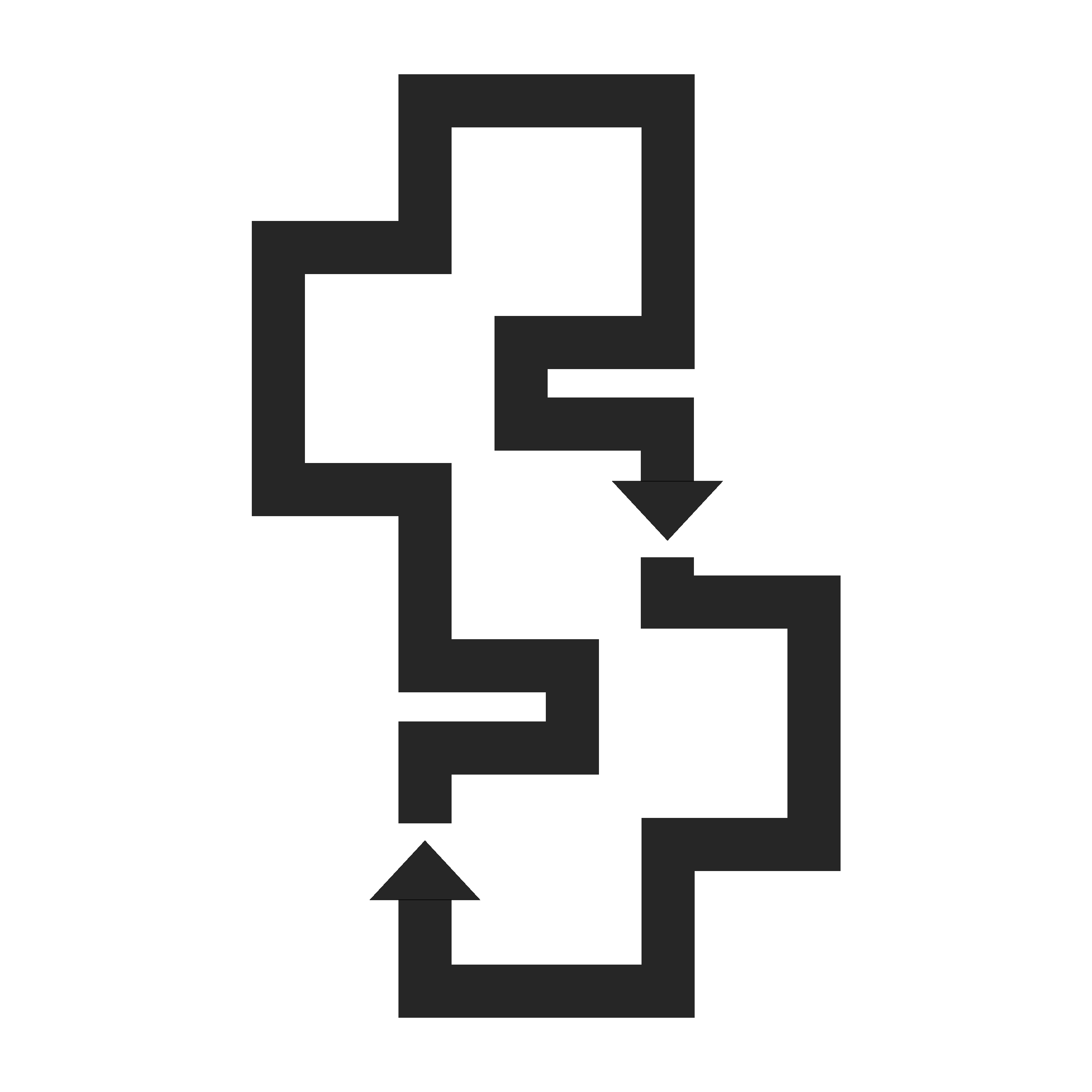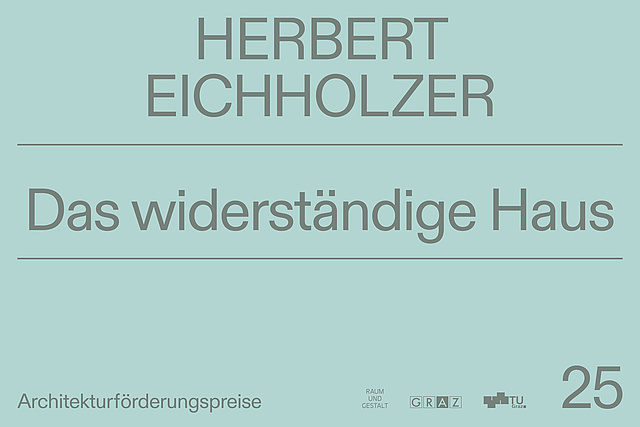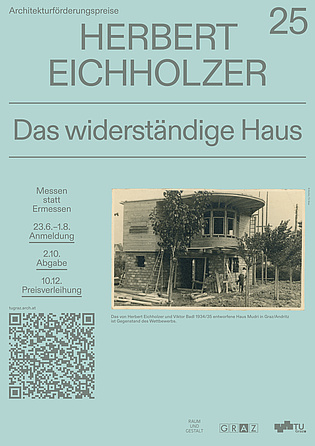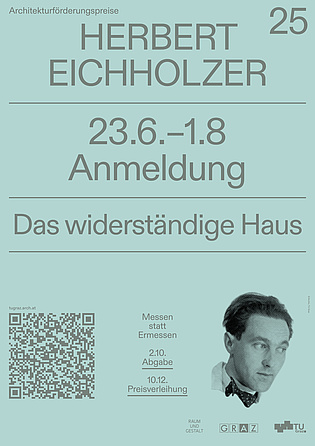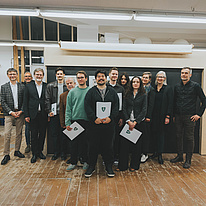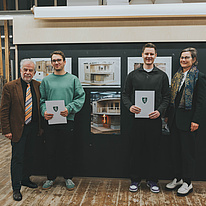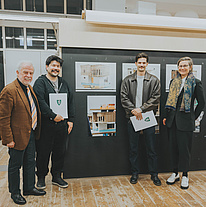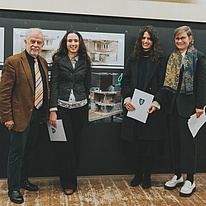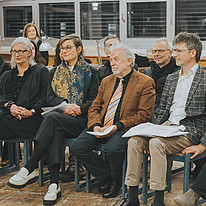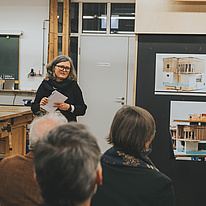These awards, named after the Graz architect Herbert Eichholzer (1903–1943), are awarded to talented architecture students every two years. The Faculty of Architecture announces the awards, and the Department of Cultural Affairs of the City of Graz subsequently proposes the prizes in recognition of the importance of Herbert Eichholzer, and the final awarding decision is made by the city senate.
The awards are intended to symbolize the connection between the city of Graz and Graz University of Technology with Herbert Eichholzer and to support the continuation of conscientious interaction with the trends of the time, as exemplified by the architect. The awards also stand as a permanent reminder of Eichholzer’s architectural work.
The 2025 Herbert Eichholzer Architecture Awards are announced as a student ideas competition. The process is anonymous. The starting point is the Mudri House, designed by Herbert Eichholzer and Viktor Badl. This will serve as the basis for the development of a resilient house at a scale of 1:10—an architectural structure designed to withstand various stress tests (e.g., fire, precipitation, and sound). In several testing phases, the submitted models will be exposed to these influences and evaluated for their structural, material, and conceptual resilience. The process is investigative, experimental, and focused on performative testing.
Winners
1st Prize
Leonhard Rump, Fabian Obenaus
2nd Prize
Mara Tolpeit, Sára Anna Tóth
3rd Prize
Tobias Manegold, Thomas Schaumberger, Bendjamin Odomkaewkanjana, Jakob Weingartner
Deadlines
Registration via e-mail to gam.lab@tugraz.at
Written inquiries by Monday, July 14, 2025 at the latest to gam.lab@tugraz.at
Written answers to questions by Monday, July 21, 2025
End of the registration period: Friday, August 1, 2025, 12pm
Submission of the model by Thursday, October 2, 2025, 12:00pm
Institute of Spatial Design, Rechbauerstraße 12, 2nd floor, 8010 Graz
Monday–Thursday between 10am and 12am
Meeting of the jury: Monday, October 20 and Tuesday, October 21, 2025
Award ceremony: Wednesday, December 10, 2025, 7pm
Wood Workshop, Lessingstraße 25/EG, 8010 Graz
Total prize money: € 7,500
Sponsor: City of Graz
